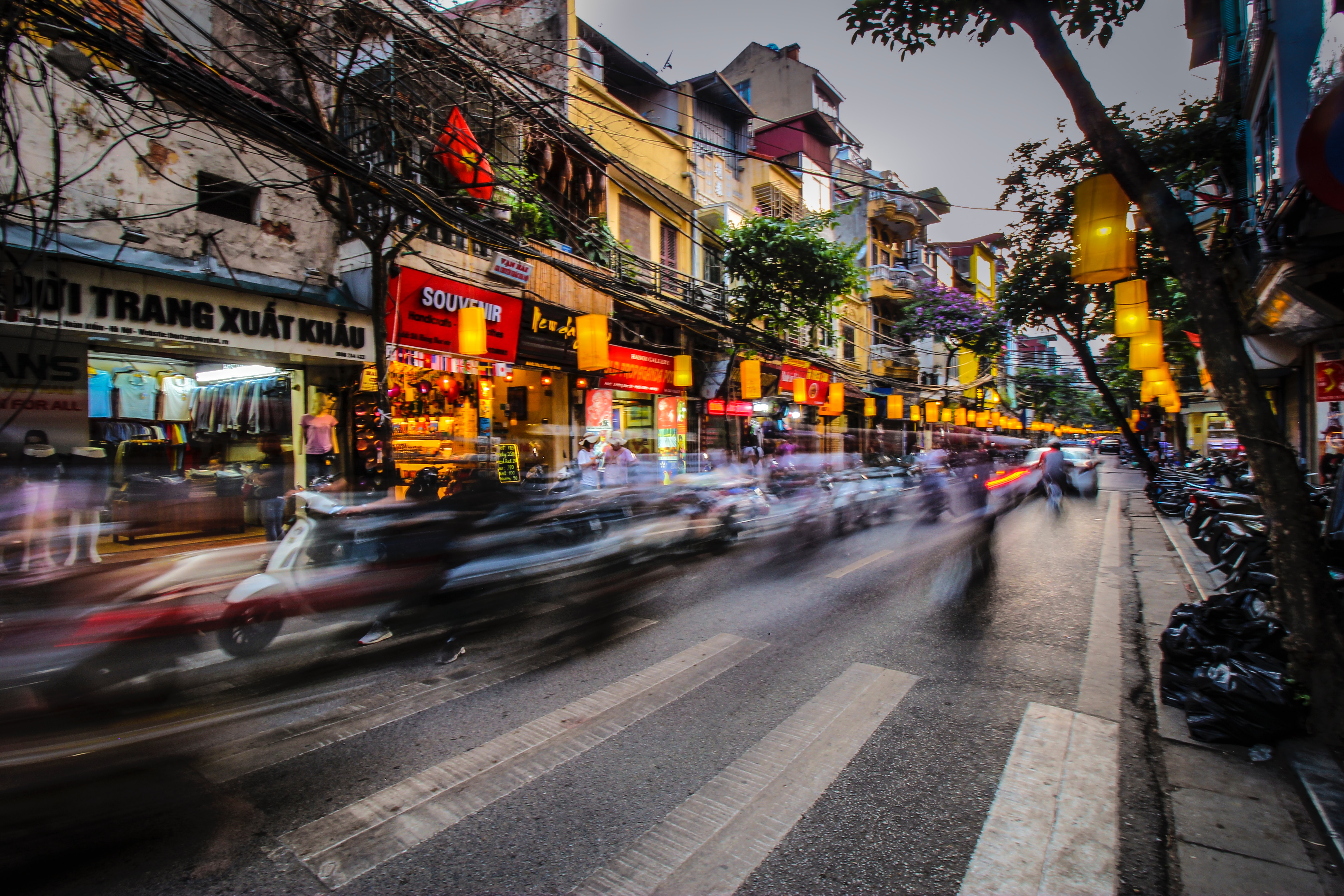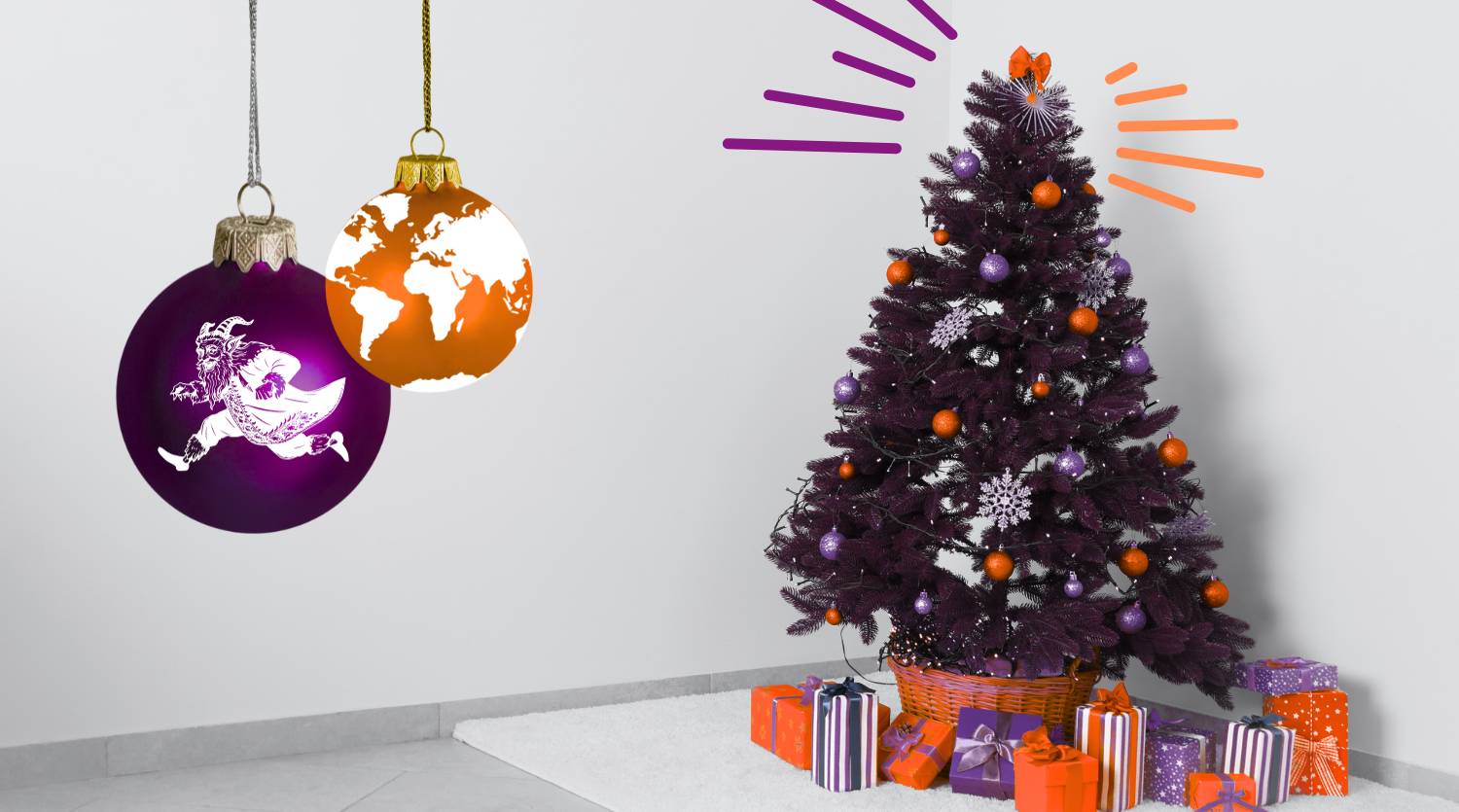Why global brands should be targeting Tiger Cub countries
For many e-commerce businesses targeting international expansion, one of the most promising global regions right now are the Southeast Asian markets dubbed the ‘Tiger Cub Economies’, with Vietnam in particular, becoming an increasingly attractive place for investment.
The Tiger Cub Economies consist of Vietnam, Malaysia, Indonesia, Philippines and Thailand. As high-growth developing countries in Southeast Asia, they are often viewed as the spiritual successors to the Four Tiger economies that emerged in Asia during the 1990s.
There is great potential waiting to be seized across Asia. Together the Tiger Cub countries have over 576 million people, with internet penetration growing each year. By 2024, 60% of the population in Southeast Asia will access the internet daily. This boost in connectivity is having a positive effect on the online economy in Tiger Cub countries, with the total value growing by 39% in 2019 to a massive $100 billion.
The rise in the valuation of the online economies of Tiger Cub countries is also reflected in China. In China e-commerce sales are expected to rise by 27 per cent in 2019, reaching a value of $1.9 trillion (£1.4 trillion) – more than a third (36 per cent) of all retail sales. In Southeast Asia, online B2C sales have been expanding rapidly in countries like Indonesia and the Philippines.
As a result of this significant growth, Tiger Cub countries are attracting a lot of attention from luxury brands.
Encouraging e-commerce trends in Tiger Cub countries
Various factors have come together to create an encouraging picture for the e-commerce market in Southeast Asia, including a young population, an expanding middle class and a high internet penetration rate.
The region as a whole is enjoying a prolonged phase of healthy economic growth, having seen its GDP go up by at least five per cent every year since the turn of the century, according to World Bank data.
E-commerce is at the heart of the positive trends taking place in Southeast Asia. According to GlobalWebIndex, Tiger Cub countries have some of the highest levels of e-commerce adoption in the world. For example, 90% of Indonesians surveyed report having bought something online in the past month. The Vietnamese e-commerce sector has been expanding steadily since 2013, with online sales increasing from $2.2 billion in that year to $6.2 billion in 2017. There are already 35.4 million online shoppers in Vietnam, with an additional 6.6 million set to join their ranks by 2021.
Ultimately, the e-commerce market in Southeast Asia is expected to grow to be worth $102 billion by 2025.
This escalating demand is providing the fuel businesses need to grow. Data collected by payment services firm Payoneer showed e-commerce revenue growth of 44 per cent in Vietnam in Q3 2019, which was linked to a trend of retailers expanding and diversifying their businesses.
Miguel Warren, Payoneer’s regional vice president for Southeast Asia, said: “The growth in Vietnamese e-commerce has largely come from local merchants who have expanded their businesses beyond print-on-demand and drop shipping to more global marketplaces, including Amazon. This has helped place Vietnam among the leading countries for cross-border sellers.”
It’s not only local companies and online merchants that are benefiting from the growth taking place in e-commerce in Vietnam right now. Luxury brands are also recognising the potential of the market, with one local expert saying demand for high-end goods in places like Hanoi and Ho Chi Minh City is “more pronounced than ever”.
A thriving luxury market
Southeast Asian consumers have embraced Western luxury goods. According to Vogue, Southeast Asia’s luxury goods market was expected to have grown by at least 10 per cent in 2019.
Regarding Vietnam specifically, Tran Thi Hoai Anh, chief executive of GlobalLink and owner of high-end multi-brand boutiques in both Hanoi and Ho Chi Minh City, told Business of Fashion that Vietnam is now home to a “new generation of wealthy shoppers” who are “driven by the quest for quality, distinctiveness, and craftsmanship”.
She said this marks a big change from just ten years ago when the country’s luxury segment was “all about knowing the difference between Gucci and Prada”.
Various demographic trends have contributed to the evolution of luxury commerce in Tiger Cub countries, including the emergence of a generation of young people from rich Southeast Asian families who went abroad to study and qualify for good jobs and are now bringing their wealth and spending power back to their home nation.
According to Boston Consulting Group, 16 per cent of the Vietnamese population will be affluent by 2030, compared with five per cent in 2018. Across the entire region, according to Bain & Company, by 2022, approximately 50 million new consumers will join the middle class. The purchasing power will also be formidable, with the Tiger Cub’s middle class having around $300 billion in disposable income.
Similar expansion in wealth is expected in the three other most populous economies in Southeast Asia: Indonesia, the Philippines and Thailand.
Long Nguyen, a Vietnamese-American creative consultant and co-founder of Flaunt Magazine, told Business of Fashion that Vietnam, in particular, is now home to a “new middle class” that is “very conscious about social-economic standing”.
“Luxury brand goods helped them to affirm their social status,” he added.
Succeeding in Tiger Cub Countries
If you’re an international brand hoping to take advantage of these encouraging trends, you need to be prepared to succeed on the global stage.
Achieving business success in Tiger Cub Economies – much like in any other international territory – depends on understanding the market so you’re ready to meet the challenges you’re likely to encounter there, as well as the opportunities. Target market research can help you prepare for a major global expansion and maximise your chances of long-term success.
Many Southeast Asian markets sit within countries which have numerous languages, which could appear intimidating. However, each of these markets has one key official language used by almost the entirety of the population within a professional context. For example, by some estimates, Indonesia has over 700 native languages but only Bahasa Indonesia is classed as an official language. Mandarin and Tamil are widely spoken in Malaysia, but English and Bahasa Malay remain the official languages. All things considered, Southeast Asia’s adherence to official languages makes formulating a localisation strategy somewhat easier.
The key to succeeding in Tiger Cub markets is to implement an agile cross-channel localisation strategy which utilises localised sites together with linguistically optimised search, social and display campaigns. In general, most customers across the region, except for Malaysia and the Philippines, will prefer marketing content in their own language over English. If a brand is serious about running a successful e-commerce marketing campaign in a Tiger Cub country, understanding local nuances is key.
When it comes to Southeast Asia in particular, there is certainly potential for Western brands to use familiar social media marketing channels to engage with local customers. The likes of Facebook, Instagram and YouTube are subject to less censorship and much more widely available to Southeast Asian consumers than they are in other Asian markets like China.
If you have the necessary skills and resources to connect with customers and convey your brand message via the right channels in Tiger Cub countries, you will be well-placed to benefit from the e-commerce growth underway there, particularly in the luxury segment.
To discuss how Locaria can help you capitalise on trends in international markets, call us on +44 (0)20 3948 6800, or request a quote online.



